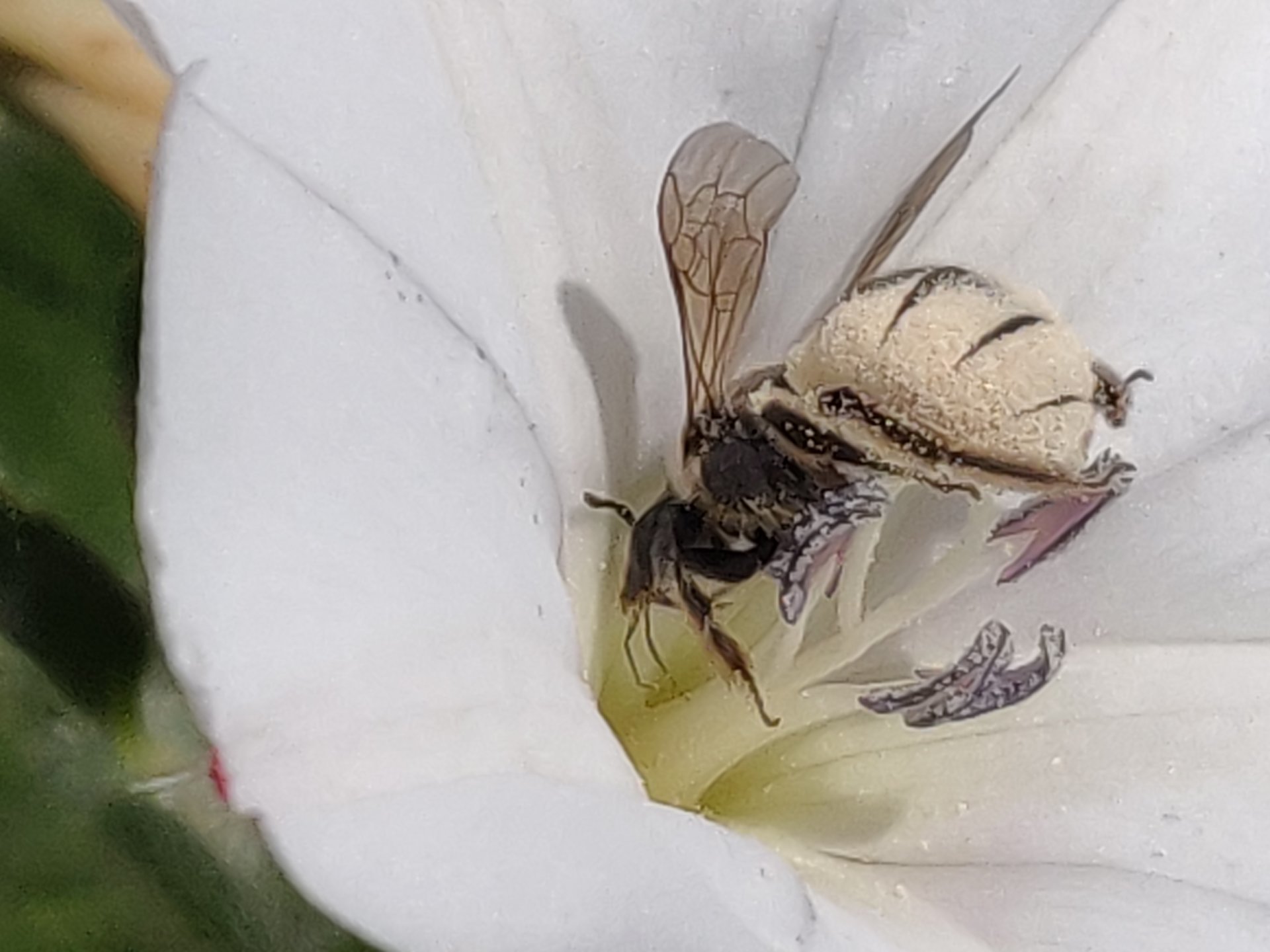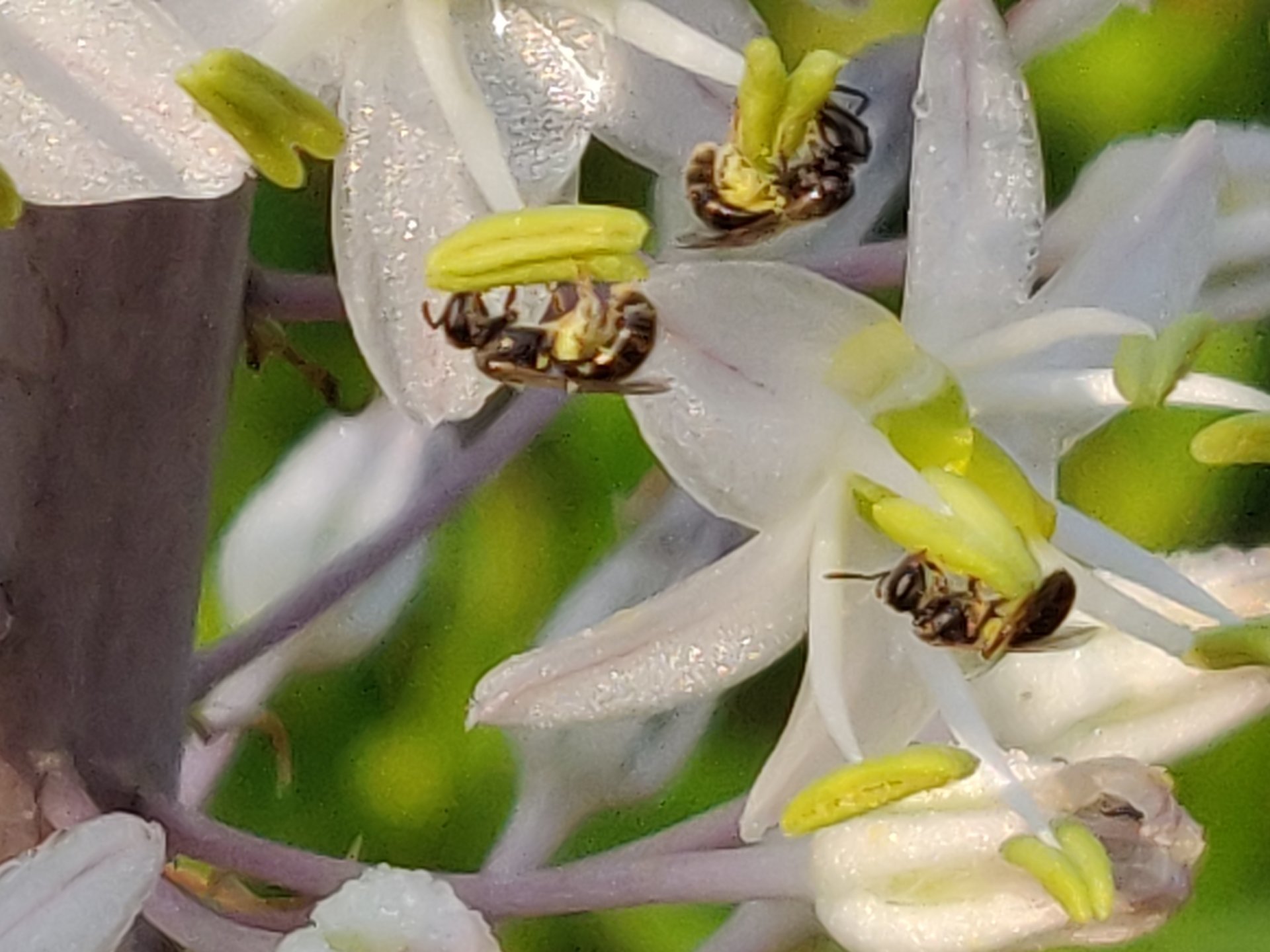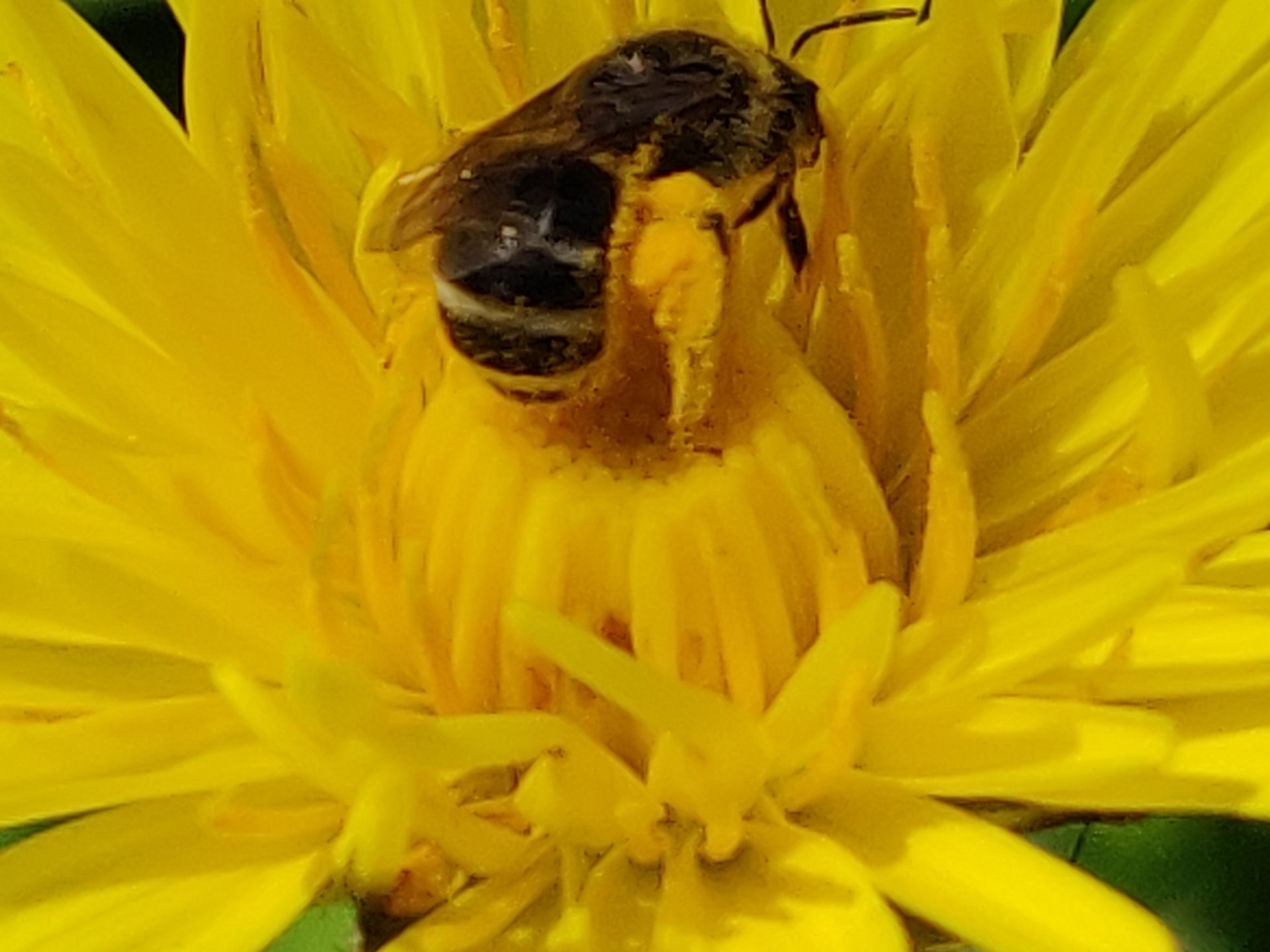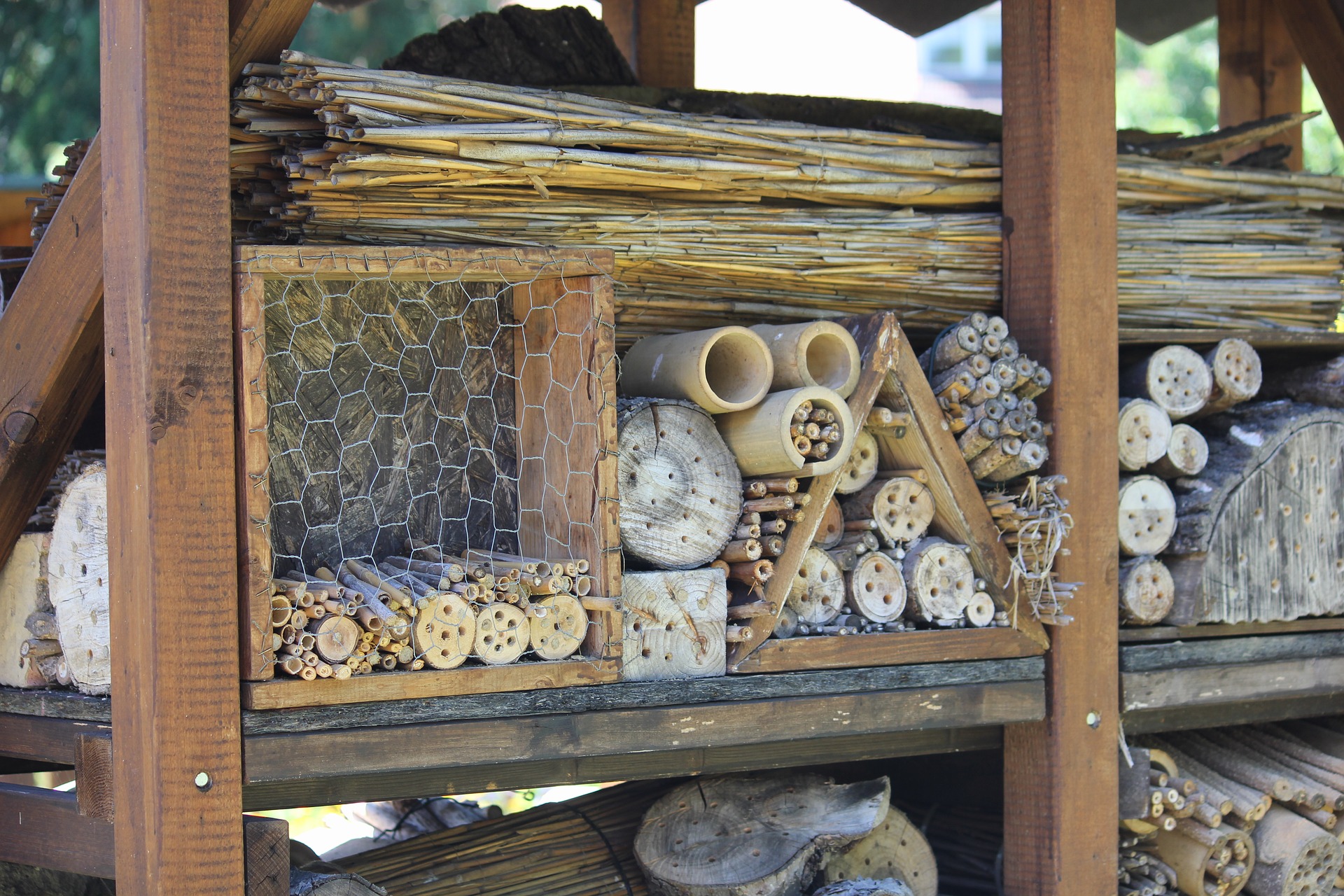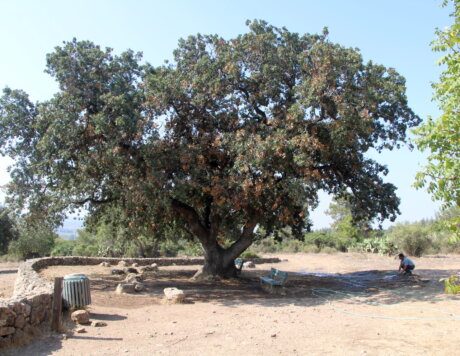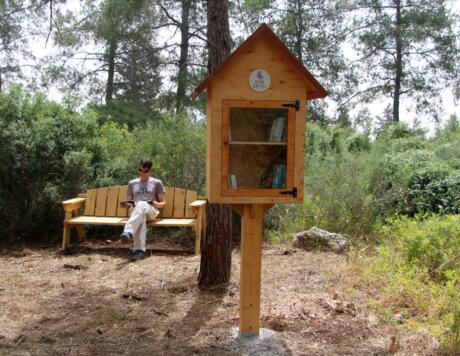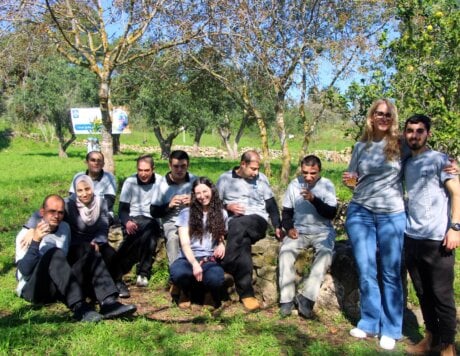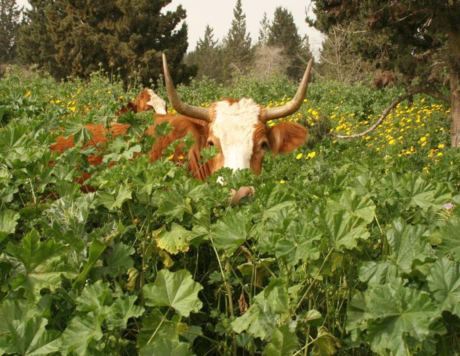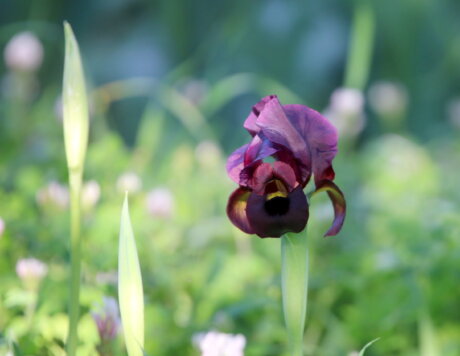In recent years we have encountered a lot of information and activities about butterflies: butterfly-attracting gardens, butterfly counting and monitoring, butterfly-lovers groups that can identify each and every species, and more… butterflies are indeed unique, amazing, beautiful insects, and we have nothing bad to say about them, but among all the insects in nature, the most important of all are actually the bees.
Why are bees disappearing?
In 2019 the Royal Geographical Society chose the bee as the most important animal in the world. Indeed, our existence is highly dependent on it: without bee pollination, most agricultural crops cannot produce fruit. However, the number of bees in the world is diminishing at a worrying rate, together with the total number of insects: a German study published in 2017 reported a 75% (!) decrease in the total community of flying insects that were sampled across several nature reserves, during the years 1990–2015.
The bee crisis has been brought on by a number of factors, including climate change, destruction of habitats that serve as both foraging areas and a source of nectar and pollen, increased use of chemical pesticides, environmental pollution, beehive pests and disease vectors.


